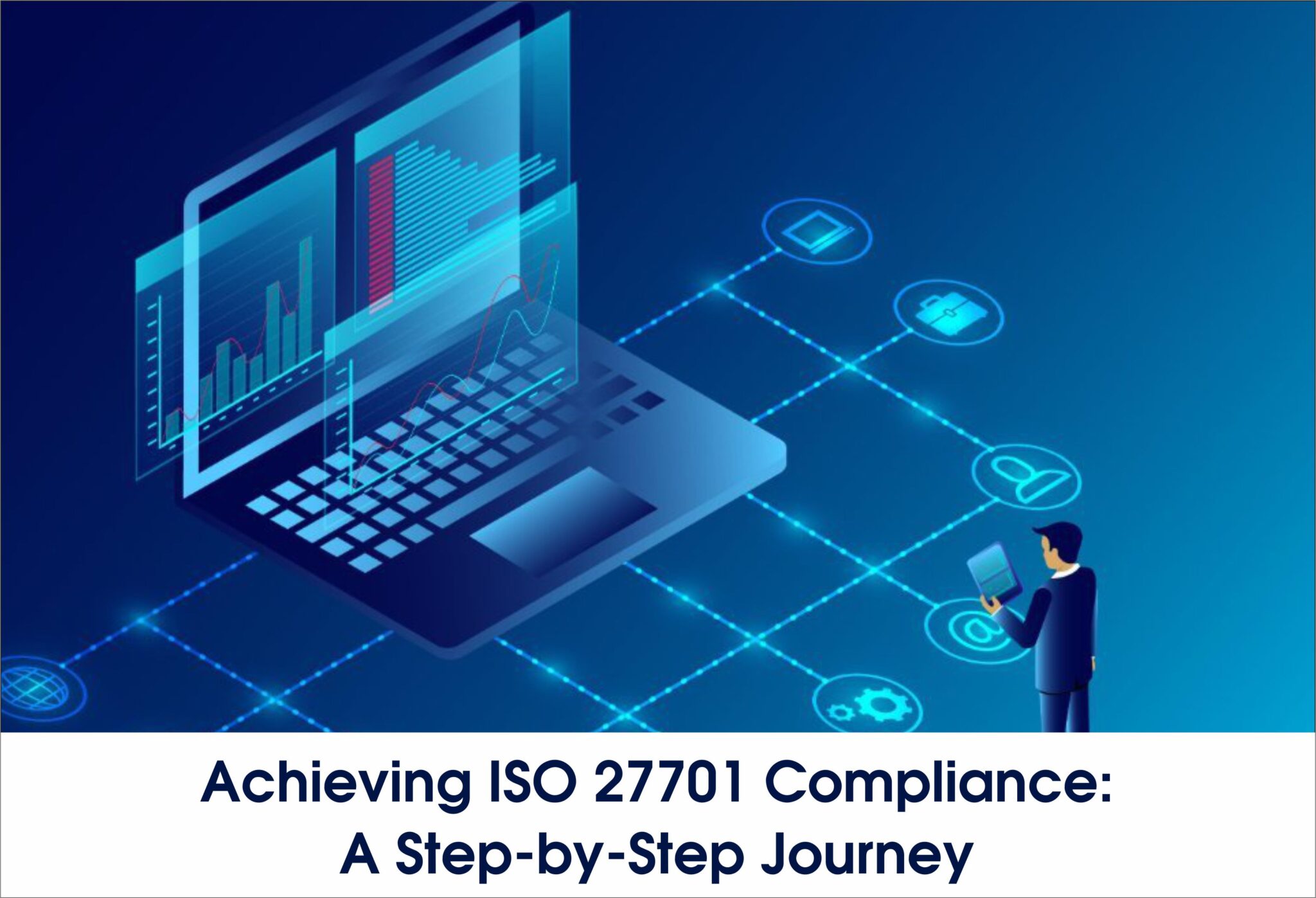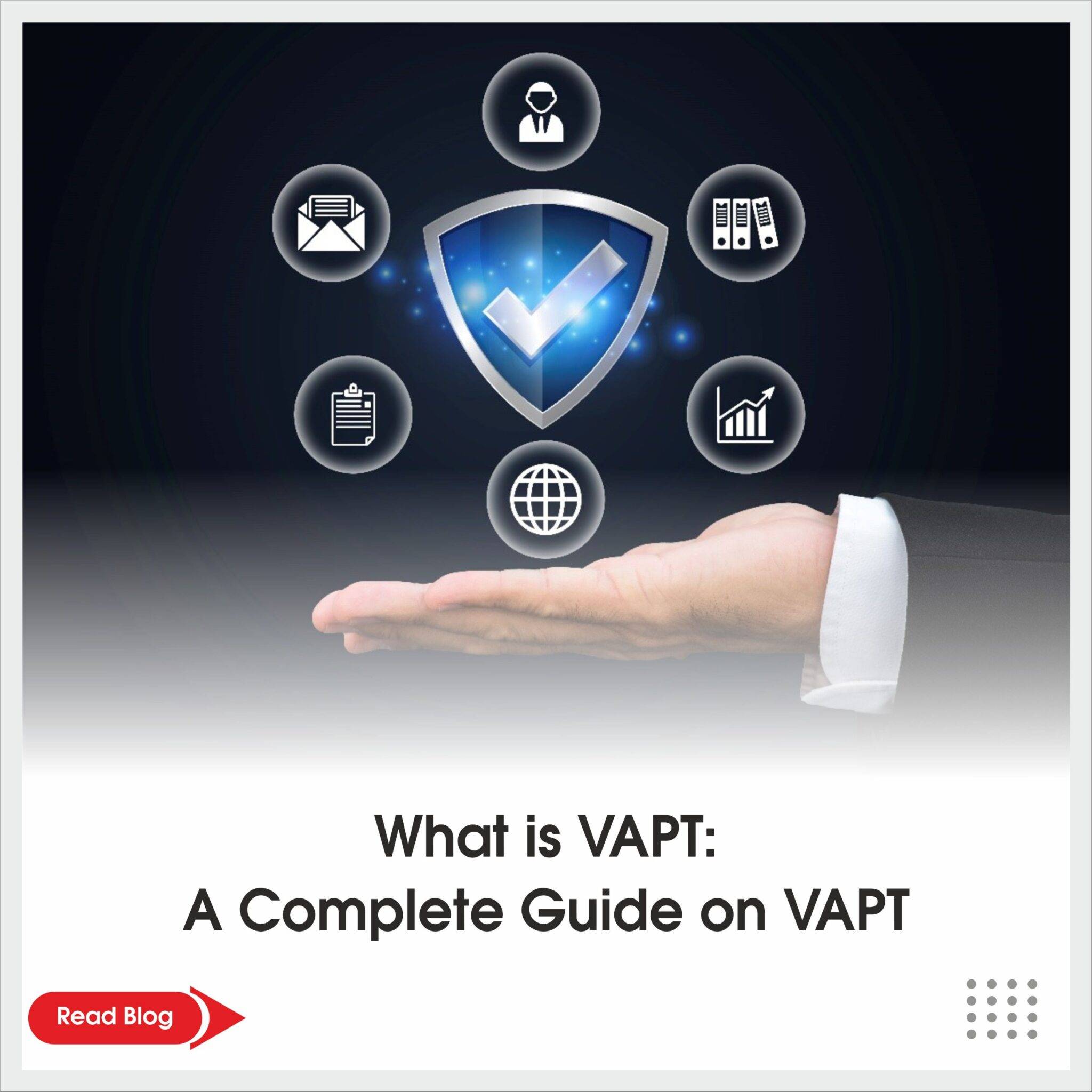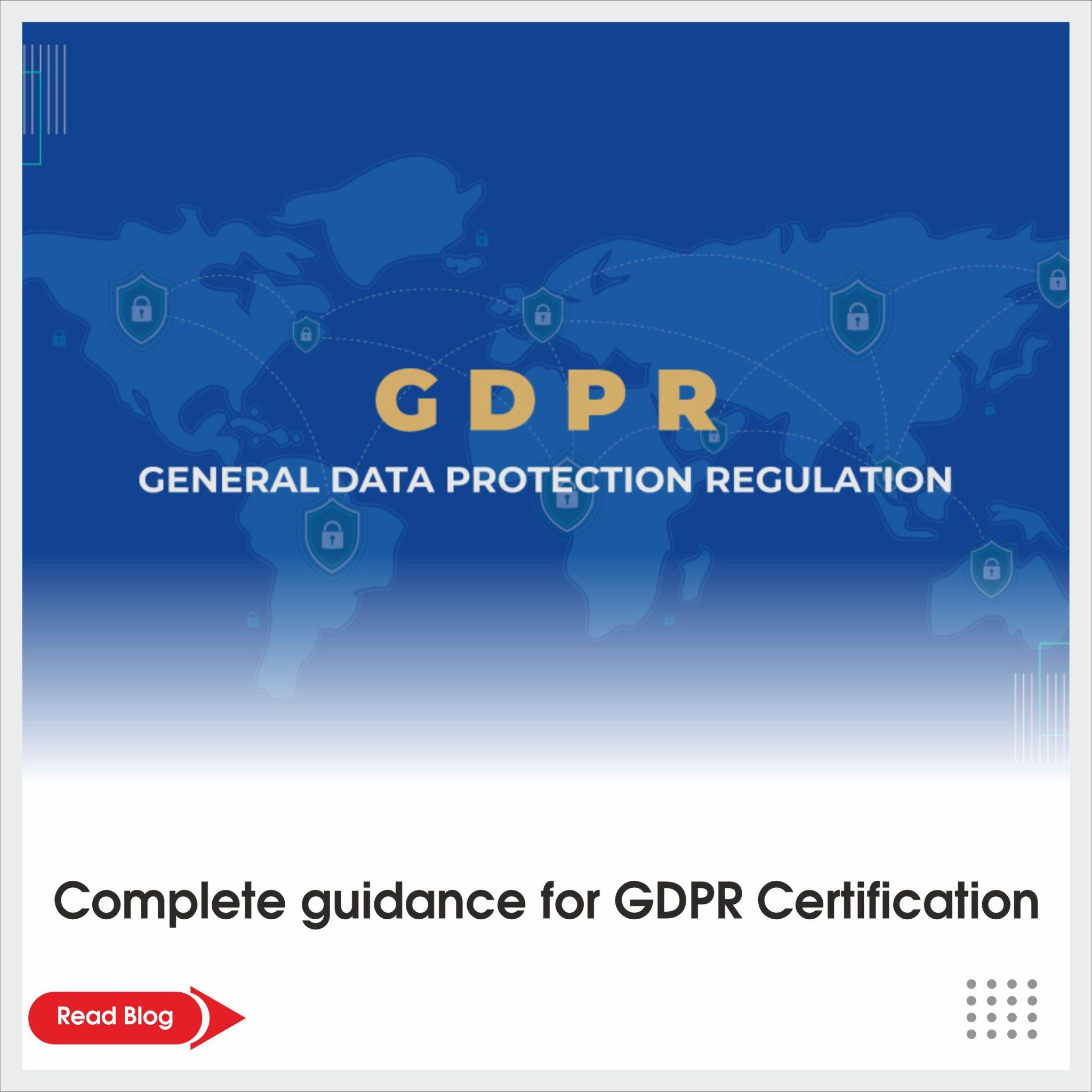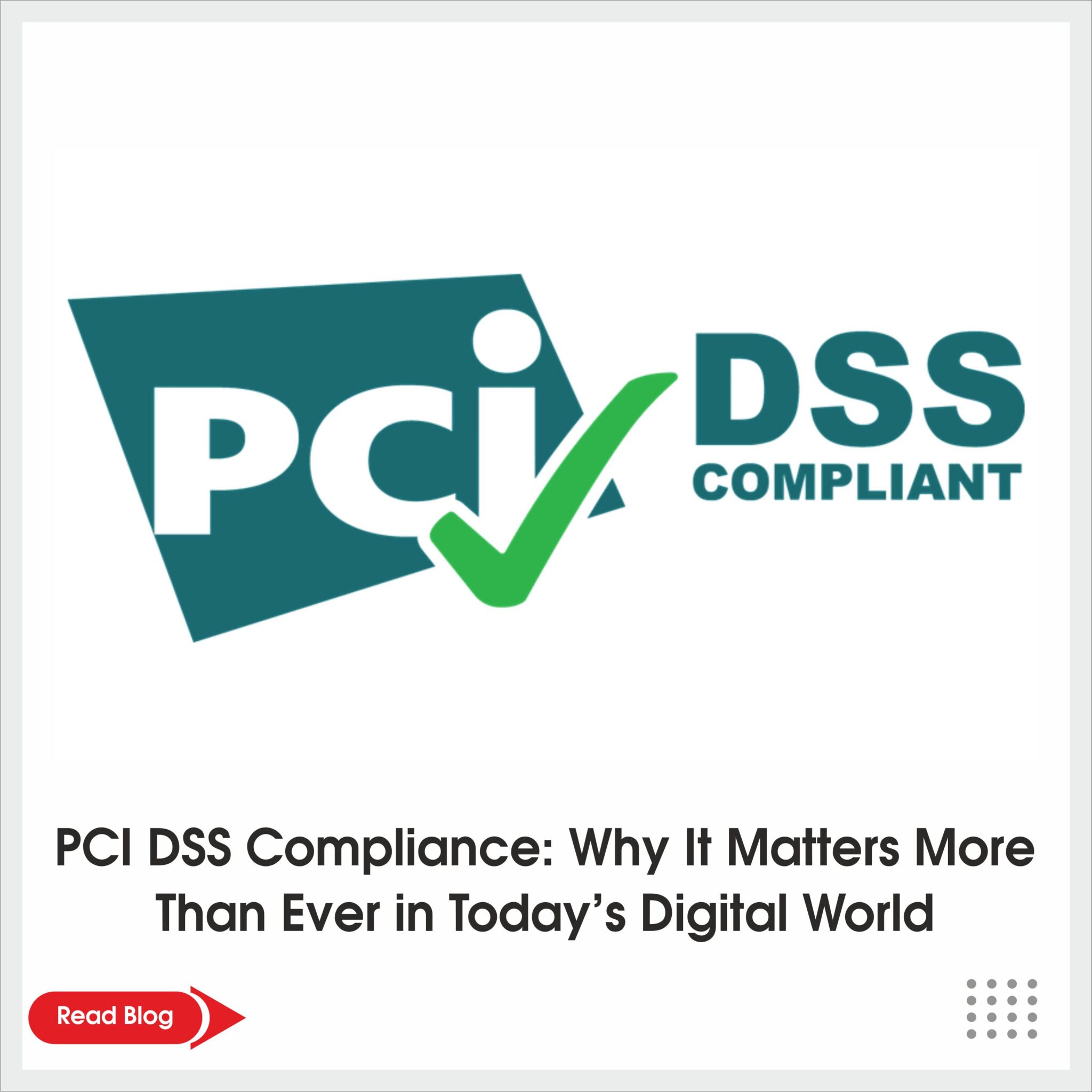We live in an increasingly data-driven world, where data privacy and security have become paramount concerns for organizations. Data collected and stored by the organization is an invaluable information asset. However, it is the responsibility of the organizations to safeguard vulnerable data of their clients and customers.
Customers and regulatory bodies mandate organizations to manage personal data with the utmost care and transparency. In response to these concerns, the International Organization for Standardization (ISO) introduced ISO 27701:2019 certification, a standard to ensure a Privacy Information Management System (PIMS). Moreover, it is equally necessary for organizations to measure and maintain compliance with ISO 27701 requirements to demonstrate their commitment to data privacy.
In this blog, we are going to explore the step-by-step journey to maintain ISO 27701 compliance to reap the standard’s benefits and achieve the intended outcomes.
What is the ISO 27701 Standard?
An international standard called ISO 27701:2019 addresses how to protect the privacy of personally identifiable information (PII). The worldwide standard for information security management systems (ISMS), ISO 27001, is extended by this. Organizations can establish, implement, manage, and continuously enhance a Privacy Information Management System (PIMS) using the frameworks and principles provided by ISO 27701.
The General Data Protection Regulation (GDPR) and other privacy regulations are met by enterprises with the help of the standard. By integrating privacy controls and procedures into an organization’s current information security management system, ISO 27701:2019 standards offers a comprehensive approach to data privacy.
What are the benefits of the ISO 27701 Standard? ⮯
The following are the benefits of ISO 27701 certification :-
- Enhanced Privacy Protection – Organizations can create a solid foundation for safeguarding the protection of personal information with the use of ISO 27701.
- Compliance with Privacy Regulations – The GDPR and other privacy laws and frameworks are in line with ISO 27701.
- Trust and Reputation – Organizations can gain the trust of their stakeholders, such as clients, partners, and regulators, by implementing ISO 27701 and showing compliance with privacy laws.
A step-by-step guide to achieving ISO 27701 certification compliance ⮯
Understanding the principles of ISO 27701 is crucial before starting the compliance journey. The extension of ISO 27001, which addresses information security management. However, the focus of ISO 27701:2019 is on privacy information management systems (PIMS). It offers enterprises a framework for creating, implementing, maintaining, and continuously improving a PIMS. The goal of ISO 27701 is to support organizations in managing personal data responsibly and upholding individuals’ right to privacy.
Step 1: Displaying Leadership and Governance:
Establishing leadership and governance is the first step toward ISO 27701 compliance. This entails designating the duties of important individuals and establishing a Privacy Information Management System (PIMS) manager. Driving the compliance effort throughout the organization depends heavily on leadership.
Step 2: Scope Definition:
It’s crucial to establish the PIMS’s scope. How and where does the data that you manage flow? Finding the limits of your PIMS aids in clarifying the scope and concentrating compliance efforts on the appropriate areas.
Step 3: Conducting a Privacy Impact Assessment (PIA):
A Privacy Impact Assessment is a critical component of ISO 27701 compliance. It involves identifying and assessing the privacy risks associated with data processing activities. A Privacy Impact Assessment (PIA) helps in understanding the potential impact on individuals’ privacy and guides organizations in implementing necessary controls to mitigate these risks.
Step 4: Develop Policies and Procedures:
A privacy impact assessment is a crucial part of complying with ISO 27701. It entails determining and evaluating the privacy hazards connected to data processing operations. A PIA aids in evaluating the potential impact on people’s privacy and directs businesses in putting in place the appropriate safeguards to reduce these risks.
Step 5: Training and Awareness:
Employee education on data privacy and their responsibilities for upholding compliance is essential. Regular training sessions and awareness campaigns aid in developing an organization-wide privacy culture.
Step 6: Implementing Controls:
Companies must adopt the precise measures outlined in ISO 27701 to protect personal data. Encryption, access control, data breach response, and other actions are among the processes. The implementation of these controls is a vital stage in the compliance process.
Step 7: Monitoring and Measurement:
The PIMS remains effective over time to ensure the performance must be measured and monitored continuously. The system should be frequently assessed and evaluated, and adjustments should be made as needed.
Step 8: Conducting Internal Audits:
Organizations can find areas where compliance may be missing or where changes are made using internal audits. These audits should be carried out often, ensuring ISO 27701 compliance.
Step 9: Management Review:
The effectiveness and performance of the Privacy Information Management System (PIMS) should be frequently reviewed by senior management. Data privacy is preserved thanks to this review.
Conclusion ✅
Achieving ISO 27701:2019 compliance is a comprehensive journey that demands meticulous planning and execution. The certification requires an organization to define the scope, conduct Privacy Impact Assessments, and develop policies and procedures to establish a robust Privacy Information Management System (PIMS).




